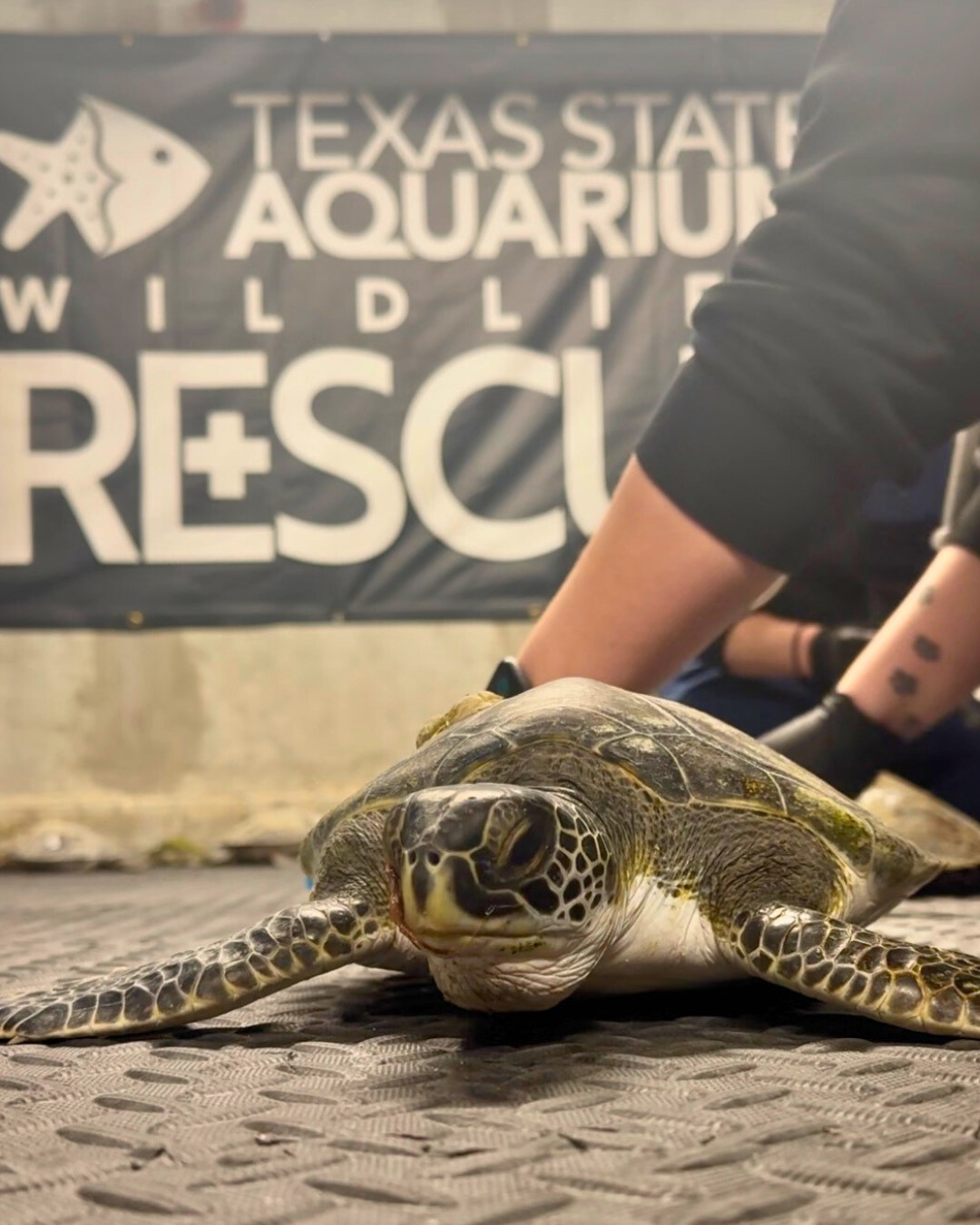- The significance of a coordinated wildlife rescue effort in saving endangered green sea turtles.
- The impact of cold-stunning on sea turtles and the science behind it.
- The role of various organizations in sea turtle conservation efforts.
- Practical guidance for the public on how to assist in sea turtle rescues without causing harm.
- The importance of community and corporate support in wildlife conservation initiatives.
The last evening was exceptionally demanding for the Port Corpus Christi Center for Wildlife Rescue at the Texas State Aquarium. The team found themselves facing a significant influx of green sea turtles, approximately sixty in number, affected by a sudden drop in temperature in the Upper Laguna Madre waters. This incident highlights both the fragile state of marine ecosystems and the concerted efforts required from various entities in the wildlife rescue sphere to protect endangered species like the green sea turtles.
Rescue missions such as these are vital, showcasing the complex coordination among diverse organizations dedicated to wildlife conservation. Immediate responses to environmental threats are critical, as delays can greatly reduce the survival rates of vulnerable sea turtles in distress. The rescue involved key partners like the Padre Island National Seashore and the Sea Turtle Stranding and Salvage Network, playing instrumental roles in ensuring the turtles received the necessary care. Each institution brings unique capabilities, demonstrating that these operations depend on the seamless integration of expertise and resources from multiple stakeholders.
Cold-stunning in sea turtles, a phenomenon often seen during sudden temperature drops, provides an insightful study into the biology and survival challenges of these remarkable creatures. The condition resembles a state of hypothermia in humans, where the sea turtles’ body temperatures fall so dramatically that their metabolic processes slow, rendering them immobile and unable to function correctly. In such a state, turtles may become stranded or washed ashore, unable to return to the water. Without prompt intervention, cold-stunning can prove fatal.
Each rescued turtle undergoes a rigorous initial assessment by the animal care team. This process involves evaluating their health status, identifying signs of hypothermia, and beginning appropriate treatments. In instances where turtles show signs of recovery, they might soon resume swimming. In contrast, turtles that remain impaired due to prolonged exposure to cold require extensive care and are placed in the warming center, a haven where they can gradually regain their strength.
During such crises, the public often wishes to contribute positively without posing additional risk to the animals involved. Therefore, it is crucial for people to refrain from putting found sea turtles back into the water. Cold conditions are already detrimental to their health and further exposure can exacerbate their condition. Instead, a more effective approach involves promptly contacting the authorities through hotlines like the Texas Sea Turtle Info Line for expert guidance.
The conservation community thrives on collaboration, underscoring the collective responsibility to our natural world. The contribution of organizations such as Port Corpus Christi is indispensable. Their support facilitates research, rescue missions, and public education, which are crucial aspects of conservation work. Funding provides necessary resources like medical supplies, transportation, and technology used in monitoring and rescuing wildlife.
Community support is the backbone of these conservation efforts. Grassroots involvement raises awareness, leading to increased advocacy and participation in preserving marine life. Education programs drive home the relevance of each individual’s role in sustaining healthy ecosystems, ensuring that conservation knowledge extends beyond specialist circles to the general public.
In conclusion, the rescue of the green sea turtles serves as a reminder of the delicate balance within our ecosystems. As much as it is a scientific endeavor, conservation also embodies empathy and shared responsibility between professionals, volunteers, and the community. While the challenges are profound, the combined efforts of all involved parties can achieve meaningful outcomes for the cohabitation of humans and wildlife, creating a sustainable future for endangered species such as the green sea turtles.
*****
Source Description
Last night was a busy evening for our wildlife rescue team. The Port Corpus Christi Center for Wildlife Rescue at the Texas State Aquarium admitted a truckload full of 60 green sea turtles affected by the cold temperatures in the Upper Laguna Madre waters. Each turtle was assessed by our animal care team, with a handful of turtles strong enough to start swimming. The remaining turtles were placed in our warming center.
Thank you to our partners at Padre Island National Seashore, the Sea Turtle Stranding and Salvage Network for the collaborative efforts in rescuing these endangered sea turtles. A huge thank you to the @portcorpuschristi for their investment in supporting our Center for Wildlife Rescue. Your support helps us make a difference!
⚠️ If you find a sea turtle on the beach, DO NOT put it back in the water! Cold water can be fatal for these endangered sea turtles. Call the Texas Sea Turtle Info Line: 1-866-TURTLE-5 (887-8535) for guidance.


